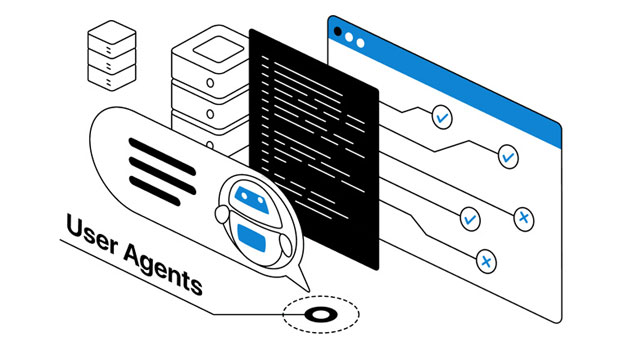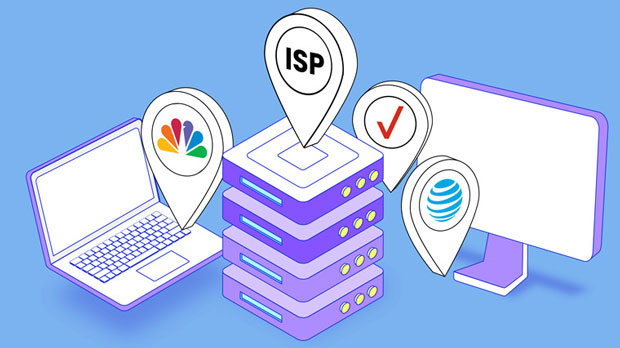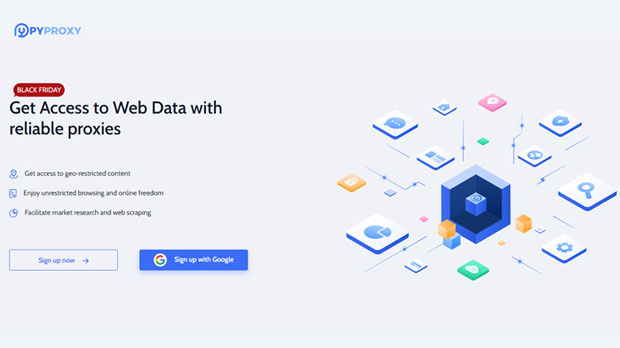Access restrictions imposed by various networks or governments can be frustrating, especially when trying to use applications that require an internet connection. Android devices, being widely used, face these restrictions just like any other device. However, one efficient way to bypass these limitations is by using a socks5 proxy. socks5 proxies can mask your original IP address, making it appear as if you are browsing from a different location. This article will explore how Android users can leverage SOCKS5 proxies to solve application access issues, detailing step-by-step instructions, the benefits of SOCKS5, and potential pitfalls to be aware of. What is a SOCKS5 Proxy and Why is it Useful for Android Users?SOCKS5 is a protocol that allows clients to route network traffic through a proxy server. Unlike HTTP proxies, which are typically limited to web traffic, SOCKS5 can handle a wide variety of traffic types, including email, P2P, and gaming services. It also supports authentication for added security, making it ideal for users looking to maintain anonymity and bypass network restrictions.For Android users, the SOCKS5 proxy offers a versatile and reliable way to access applications that are otherwise restricted due to location or network-based blocks. By routing the internet traffic through a socks5 proxy server, users can effectively bypass firewalls, unblock geo-restricted content, and ensure a secure connection.How Does SOCKS5 Proxy Work on Android Devices?SOCKS5 proxies function by acting as intermediaries between the user’s device and the internet. When an Android device connects to a website or an application, the data is first sent to the SOCKS5 proxy server. The server then forwards the data to the destination website or service and sends the response back to the device. Because the data is routed through a proxy server, the source IP address is masked, and the destination server sees the IP address of the SOCKS5 proxy server instead of the user’s real IP address.For Android users, configuring a SOCKS5 proxy typically involves three steps:1. Setting up the Proxy: The user must first set up the SOCKS5 proxy server by entering the necessary server details (IP address, port, authentication credentials if applicable) into the Android device’s network settings.2. Configuring Applications: Some apps might require additional settings or third-party apps to route traffic through the proxy. Most modern Android apps do not support SOCKS5 proxies natively, but this can be resolved using tools like "pyproxy.3. Using the Proxy: Once configured, users can begin routing all internet traffic through the SOCKS5 proxy, allowing them to access blocked content or applications without restrictions.Advantages of Using SOCKS5 Proxy for Android ApplicationsThere are several advantages to using a SOCKS5 proxy on an Android device:1. Bypassing Geo-Restrictions: Many apps, especially streaming services, restrict content based on the user's geographical location. By using a SOCKS5 proxy, users can connect to servers in different locations and access content as if they were in that region.2. Improved Privacy and Security: SOCKS5 proxies offer an added layer of security by masking the user’s real IP address, making it more difficult for third parties to track online activity. Additionally, some SOCKS5 proxies support encryption, which helps protect user data from being intercepted by hackers.3. Bypass Network-Level Blocks: On some networks, such as in schools, workplaces, or countries with strict internet censorship laws, access to certain apps or websites may be blocked. A SOCKS5 proxy allows users to bypass these network-level blocks and access the internet freely.4. Support for Multiple Protocols: Unlike HTTP proxies, which are limited to web traffic, SOCKS5 can handle a wider range of internet protocols. This makes it suitable for gaming, VoIP, and P2P applications, where low latency and higher speeds are often necessary.5. No Need for App-Specific Configuration: SOCKS5 proxies operate at the network layer, meaning that once set up on the Android device, the proxy will route all internet traffic without needing to configure individual apps. This makes it an efficient solution for users who want seamless proxying across multiple applications.Setting Up SOCKS5 Proxy on Android: Step-by-Step GuideSetting up a SOCKS5 proxy on Android can be done manually in the network settings, but it may require additional third-party apps to make it work smoothly across all applications. Here is a step-by-step guide:1. Obtain SOCKS5 Proxy Server Details: Before you begin the setup, ensure you have access to a working SOCKS5 proxy server. You will need the following details: - IP address or hostname of the proxy server - Port number (usually 1080 for SOCKS5) - Username and password (if authentication is required)2. Configure Android Device Network Settings: - Go to Settings > Wi-Fi on your Android device. - Tap on the network you are connected to. - Scroll down and tap Advanced. - Under the Proxy settings, select Manual. - Enter the SOCKS5 server’s IP address and port number (e.g., 1080). - Optionally, enter the username and password if required.3. Use a Proxy Management App: Some apps may not work natively with SOCKS5, so you can use apps like pyproxy. These apps allow you to configure SOCKS5 proxies for individual apps or the entire device. After installing the app, follow the instructions to configure the proxy settings.4. Testing the Connection: Once you have configured the SOCKS5 proxy, open a browser or any app to check if it’s working correctly. You can visit websites like pyrpoxy.com to ensure that your IP address is masked and shows the proxy server's IP instead of your real one.Common Issues and TroubleshootingWhile using a SOCKS5 proxy can provide many benefits, users might encounter a few issues. Here are some common problems and how to solve them:1. Slow Connection Speeds: SOCKS5 proxies can sometimes lead to slower speeds, especially if the proxy server is far from your location or overloaded with traffic. Consider selecting a faster proxy server or using a premium service with better performance.2. Apps Not Connecting: Some apps may not work well with SOCKS5 proxies, especially if they don’t support proxy connections natively. Using a third-party proxy management app like Drony can help route traffic from these apps through the proxy server.3. Inconsistent Performance: Proxy servers can sometimes become unstable, causing intermittent connection issues. Try switching to a different SOCKS5 proxy server or check if the server requires maintenance.4. Authentication Issues: If your SOCKS5 proxy requires a username and password, ensure that the credentials are entered correctly. Some servers may have additional restrictions, such as limiting the number of simultaneous connections.ConclusionUsing a SOCKS5 proxy on Android devices is a powerful way to bypass application access restrictions, enhance privacy, and overcome geo-blocks. By understanding how SOCKS5 works, how to set it up, and how to troubleshoot common issues, Android users can enjoy unrestricted access to a wide range of online content and services. Whether you're looking to access a restricted app, maintain privacy, or avoid network-level censorship, a SOCKS5 proxy offers a versatile and effective solution. However, users should ensure they are using a reliable proxy service to get the best performance and security.
Dec 25, 2024
![arrow]()



















































